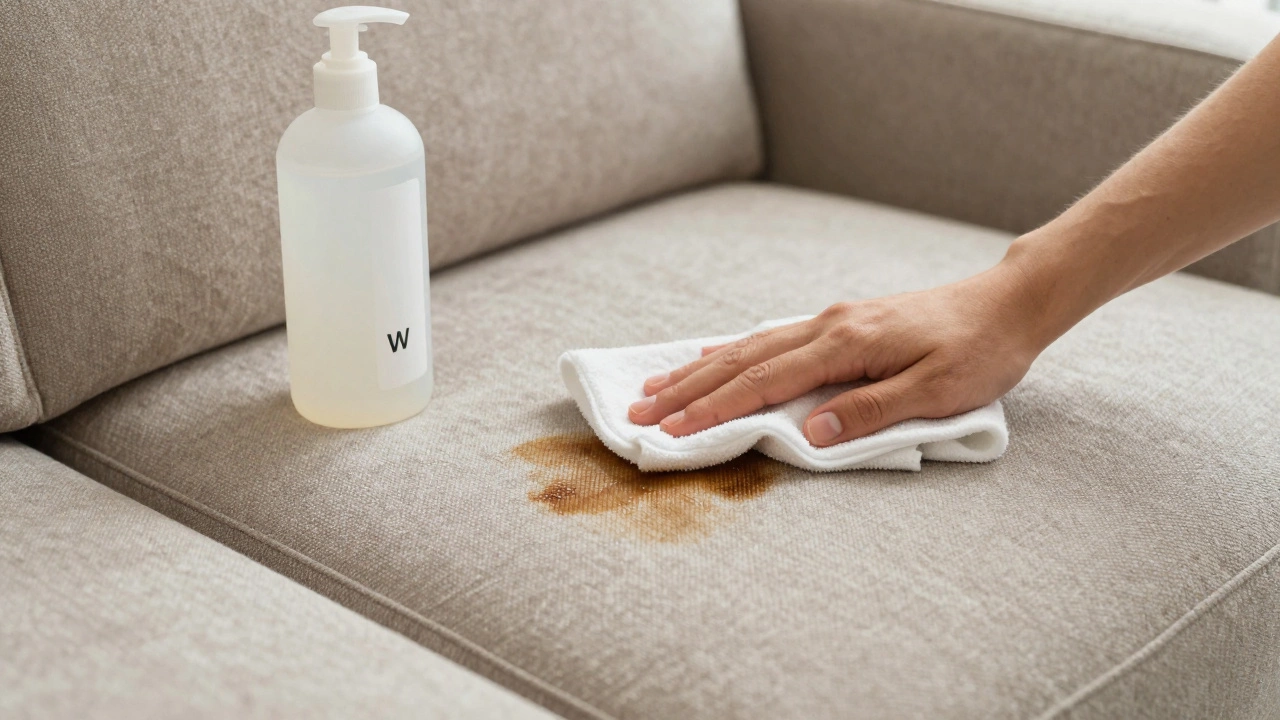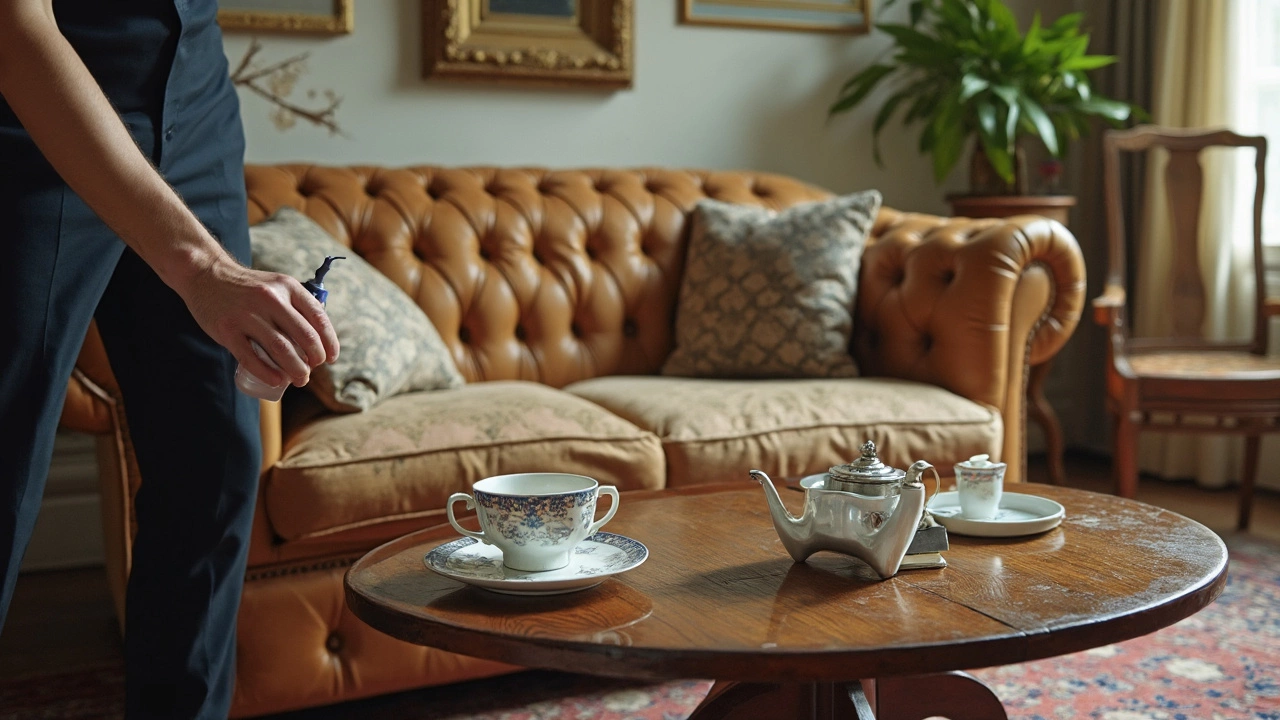Sofa Cleaning Tips for a Fresh, Spotless Couch
If you love sinking into your sofa after a long day, you want it to look and smell great. The good news is you don’t need a pro for most jobs. With a few household items and the right steps, you can keep fabric and leather sofas looking like new.
Everyday Care for Your Sofa
Start with a regular routine. Vacuum the cushions and the back with an upholstery attachment once a week. This lifts dust, pet hair, and crumbs before they settle deep into the fibers. If you notice a small spill, blot it immediately with a clean cloth – never rub, because rubbing pushes the stain further.
For fabric sofas, keep a spray bottle of diluted dish soap (a few drops of Dawn in a cup of warm water) handy. Lightly mist the affected spot and gently dab with a soft cloth. Test any solution on an inconspicuous area first to avoid discoloration. Leather sofas benefit from a quick wipe‑down with a damp microfiber rag followed by a leather‑specific cleaner once a month.
Deep Cleaning Methods You Can Do at Home
When your sofa starts to look dull or smells stale, it’s time for a deeper clean. Remove all removable covers and cushions. Toss the covers in the washing machine on a gentle cycle with cold water; add a cup of white vinegar to neutralize odors. Let them air‑dry completely before putting them back.
For the remaining upholstery, mix one part vinegar with two parts water in a spray bottle. Spray lightly, then scrub with a soft-bristled brush in circular motions. The vinegar breaks down grime without harsh chemicals, and it evaporates quickly, leaving no residue. After scrubbing, wipe the area with a clean damp cloth to remove any leftover solution.
If you prefer a foam cleaner, choose a low‑suds product made for upholstery. Apply a thin layer, work it in with a brush, and let it sit for 10‑15 minutes. Then use a clean, damp towel to lift the foam and dirt away. Finish by letting the sofa dry fully – open windows or use a fan to speed up the process.
Don’t forget the hidden spots. The crevices between cushions collect crumbs and pet dander. Slip a small, soft brush or an old toothbrush into the gaps and give them a quick sweep. A final vacuum over the whole sofa will pull any loosened debris out.
Stubborn stains like wine, coffee, or grease may need a stronger approach. Sprinkle baking soda over the wet stain, let it sit for 15 minutes, then vacuum. The soda absorbs the liquid and neutralizes odors. For oily stains, sprinkle cornstarch, wait, then vacuum. Both powders are cheap and safe for most fabrics.
When you’ve finished, protect your sofa with a fabric protectant spray. It creates a thin barrier that repels spills and makes future cleaning easier. Follow the product instructions and test a small area first.
Keeping a sofa clean is mostly about acting quickly and staying consistent. With weekly vacuuming, prompt spot treatment, and an occasional deep clean, your couch will stay inviting for years. Remember, a clean sofa not only looks better, it also contributes to a healthier home environment.

Do upholstery cleaners really work? Here's what actually removes stains and odors
Not all upholstery cleaners work the same. Learn which types actually remove stains and odors, what to avoid, and when to call a pro for real results.
Read More
How to Clean Upholstery That Can't Be Washed
Cleaning upholstery that can't be thrown in the washing machine can be tricky, but it's not impossible. The key is to understand the material and use the right techniques to remove stains and odors. This guide will help you tackle tricky fabrics with hands-on tips and facts. Discover how to keep your furniture looking fresh without the hassle of washing.
Read More